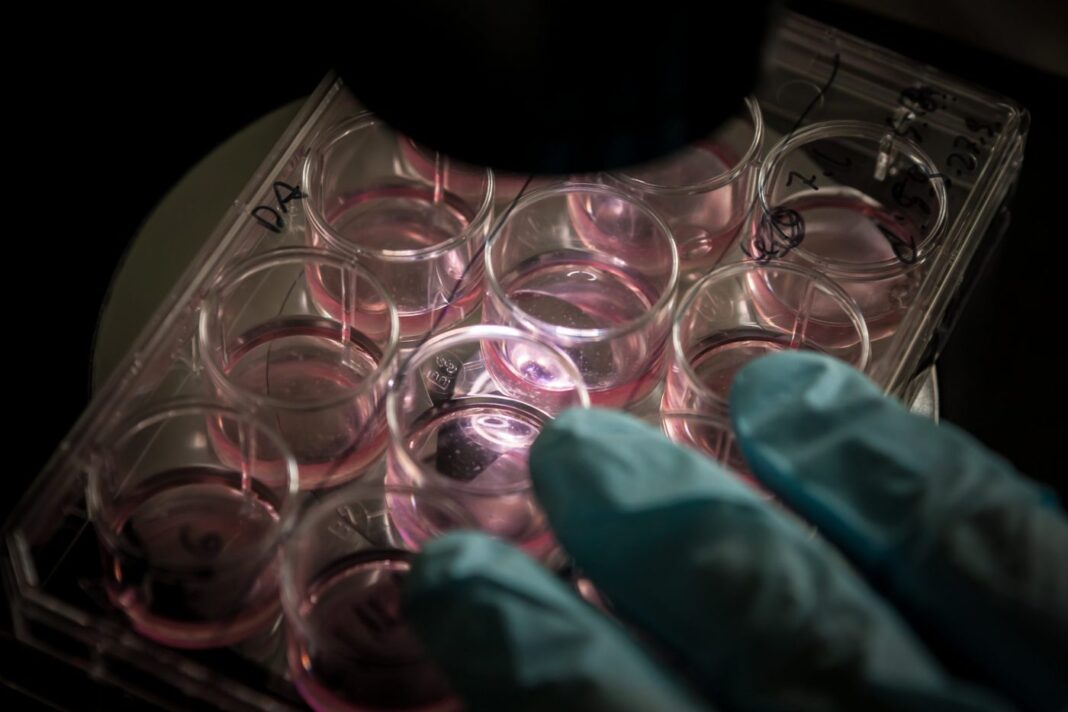Before drugs can go into clinical trials to establish their efficacy, they must go through rigorous testing to demonstrate that they do no harm. A new study reports a way to make cell cultures respond more like normal cells. Culturing cells in this new method that uses a modified serum, will allow drugs to be screened for toxicity earlier in the research process, potentially saving millions of dollars.
Scientists at the University of Louisville including Michael Menze, PhD, associate professor in the Department of Biology and doctoral student Robert Skolik have published this new method in the article “Global Changes to HepG2 Cell Metabolism in Response to Galactose Treatment” featured in the journal AJP Cell Physiology.
Since the liver is the metabolic factory of the body, it is not surprising that immortalized liver cancer cells are predominantly used in testing drug toxicity. Moreover, they are cheap to store and can be grown easily from frozen stocks. This approach however has its limitations. Being cancer cells, they may not be as sensitive to toxins as normal cells.
This study shows that by changing two components of the media used to culture the cells, liver cancer cells behave more like normal liver cells. Standard serum contains glucose—a sugar that provides energy. Menze and his team used serum with another sugar, galactose, instead of glucose. Cancer cells break down galactose at a much slower rate than glucose. This slows down the metabolism of the cancer cells making them behave more like normal liver cells.
“It started just as a way to sensitize cells to mitochondrial activity, the cellular powerhouse, but then we realized we had a way to investigate how we are shifting cancer metabolism,” says Skolik. “In short, we have found a way to reprogram cancer cells to look—and act—more like a normal cell.”
As part of this study, Nilay Chakraborty, PhD, and Jason Solocinski at the University of Michigan-Dearborn, developed a new process to obtain live images of the distribution of energy molecules in cells, showing how cells respond to changes in the cell culture conditions.
“In the past, people would do a 12-hour adaptation to this new media. But what we showed is if you culture them for 4 to 5 weeks, you have a much more robust shift,” says Skolik. “When it comes to gene expression, you get much more bang for the buck when you adapt them for a longer period.”
“You would reserve this process for key experiments or toxicity screening,” says Menze said. “However, if you go into a Phase I clinical trial and find toxicity there, it is way more expensive than using this method.”
The new method involves dialysis of serum to remove glucose and longer culture durations, but it shifts metabolism in cancer cells from to more closely approximate normal cells and allows earlier toxicity screens that yield benefits in the long term.


